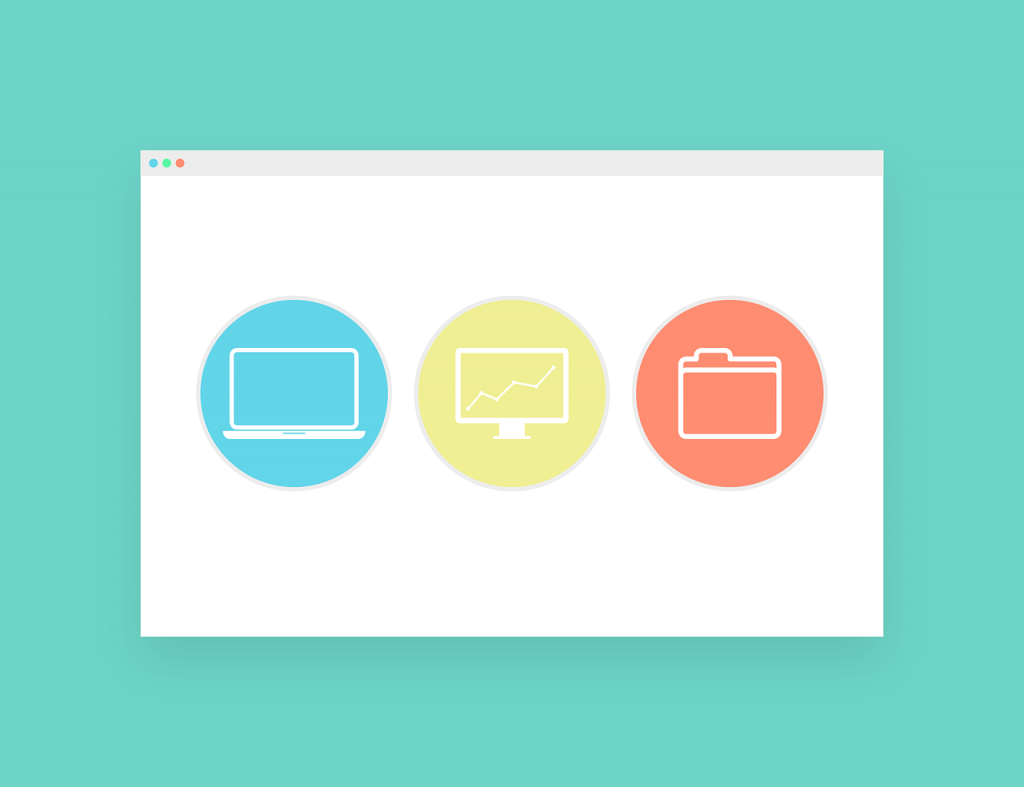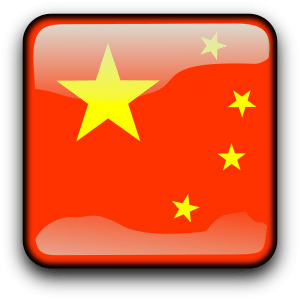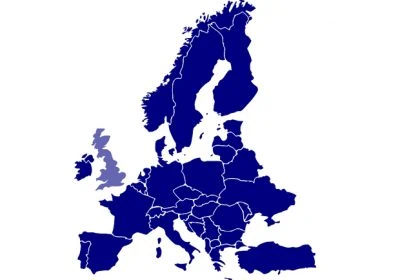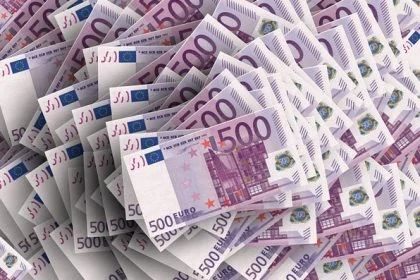The Chinese Beijing IP court dismissed the very first lawsuit for infringement of a design patent for a Graphical User Interface. Reason is the current patent law in China, which prevents a partial protection of products.
Well-designed Graphical User Interfaces (GUI) make the operation of technical devices much easier. In order to create an incentive to develop high-quality GUIs, there is the opportunity for developers to obtain patent protection on them. A view which is also represented in China, where since May 2014 the registration of GUI designs is possible.
Computer and Software: No similarity of products
 The Chinese software companies Beijing Qihu Technology co. LTD and Qizhi software co. LTD have just one such GUI protected, or to be exact a “computer with GUI”. As a result, the two companies wanted to make use of their intellectual property rights and have filed suit against the Beijing Jiangmin Technology co. LTD before Beijing IP Court. They believe that Beijing Jiangmin Technology violated the registered design with the GUI sold by them. The indictment alleges the omission of the use of the said GUI and damages of RMB 5 million.
The Chinese software companies Beijing Qihu Technology co. LTD and Qizhi software co. LTD have just one such GUI protected, or to be exact a “computer with GUI”. As a result, the two companies wanted to make use of their intellectual property rights and have filed suit against the Beijing Jiangmin Technology co. LTD before Beijing IP Court. They believe that Beijing Jiangmin Technology violated the registered design with the GUI sold by them. The indictment alleges the omission of the use of the said GUI and damages of RMB 5 million.
Beijing IP court has now dismissed the lawsuit on December 25 because there is no equality or similarity of the products. The reason: The product of the accused company is only a software and not as in the design patent a combination of computer and software.
No partial protection in Chinese patent law

Under current Chinese patent law, partial designs alone are not permitted and therefore not eligible for protection. They must always be protected together with the carrier object of the design, such as the computer or mobile phone with which they are displayed. Even though a GUI alone represents a software, which is the truly protectworthy part of the design. So GUIs can currently only be patented in conjunction with hardware, such as a computer or a mobile electronic device.
A ruling that will undoubtedly result in further legal proceedings following this ruling, given the steadily increasing number of patent pending GUIs in China.
The Beijing IP court states that they only adhered to the legal framework in the judgment. And this governs the case as follows: The design protection filed by the plaintiff for his “Computer with GUI” is, according to the law, a product of the computer class. Although the GUI used by the defendant may be similar to the protected GUI, it is legally classified as a software product. Thus, while it may be a copied GUI, but two different product classes, the court can not find a patent infringement.
China uses a special classification system for goods and services, in which each class is divided into different and numerous subclasses. This problem, which from a Western point of view is confusing and easily makes patent and trademark infringement possible, is the background to many legal proceedings not only in patent law, but also in Chinese trademark law. We have already reported on this several times.
Design protection in Germany and Europe
From a German point of view, it is actually astonishing that patents have been granted for GUIs at all, and not community designs. In Germany and Europe designs can only be protected under trademark law. In this case, however, trademark protection is simply granted for the design itself, regardless of the carrier object. As in China, the number of registered and protected designs is steadily increasing in Germany and Europe, especially in the area of GUIs.
Since the judgment was given at first instance, the plaintiffs still have the opportunity to oppose the decision.
Maybe these articles are also interesting for you:
- Trademark and patent protection in China
- Import ban on iPhones in China? Qualcomm sued Apple in China
- Cancellation of a registered trademark: Tesla won before Beijing Court
You want international protection for your trademark or your patent?
Our lawyers advise you individually and together with you develop the right strategy to protect your patent and arrange a fair royalty agreement.
Source:
Text: CHOFN.com
pictures: OpenClipart-Vectors / Pixabay.com / CC0 License || janjf93 / Pixabay.com / CC0 License







